





Magento to Vue storefront - alokai
Migrating your store from Magento to Vue storefront - alokai might seem daunting, but with proper planning and the right tools, it's a smooth process. Follow this step-by-step guide to ensure a successful transition.
Schedule a call
Step-by-Step Migration Guide: Magento to Vue Storefront - Alokai migration guide
Step 1: Prepare Your Magento Instance
In this step, we will focus on preparing your existing Magento instance for migration to Vue Storefront - Alokai, ensuring that all necessary data and configurations are ready for a seamless transition.
Step 2: Set Up Vue Storefront - Alokai
In this step, we will guide you through the setup of Vue Storefront - Alokai, including installation and configuration to create the foundation for your new storefront.
Step 3: Connect Vue Storefront - Alokai to Magento
This step involves establishing a connection between your Vue Storefront - Alokai and your Magento instance, allowing seamless data flow and integration.
Step 4: Migrate Data from Magento to Vue Storefront - Alokai
In this step, we will focus on migrating all necessary data from your Magento instance to Vue Storefront - Alokai, ensuring no data loss during the transition.
Step 5: Customize Your Vue Storefront - Alokai
Now that your data is migrated, we will customize your Vue Storefront - Alokai to reflect your brand identity and meet customer expectations.
Step 6: Test Your Vue Storefront - Alokai
Testing your Vue Storefront - Alokai is crucial to ensure all features work flawlessly and provide a seamless shopping experience for your customers.
Step 7: Launch Your Vue Storefront - Alokai
After successful testing, we will guide you through the process of launching your Vue Storefront - Alokai, making it accessible to your customers.
Power Your Step - Get in Touch
Contact PowerCommerce today to leverage our expert migration support for your transition to Vue Storefront - Alokai.
Step 1: Prepare Your Magento Instance
Before initiating the migration process, it is crucial to ensure that your Magento instance is fully prepared. This preparation helps mitigate risks during the migration and ensures data integrity. The following steps outline how to prepare your Magento instance:
- Backup Your Data: Always start by creating a complete backup of your Magento database and all files. You can do this through your hosting provider's control panel or via command line using
mysqldumpfor the database andtarfor files. - Update Magento: Ensure that your Magento instance is updated to the latest version. This helps in avoiding compatibility issues with Vue Storefront - Alokai. You can check for updates via the Magento admin panel or through command line.
- Audit Installed Extensions: Review the extensions currently in use. Some extensions may not be compatible with Vue Storefront - Alokai. Make a list of essential extensions and consider their alternatives in the new environment.
- Export Product and Customer Data: Use Magento’s built-in export functionality to extract your product catalog and customer data. Navigate to System > Import/Export > Export to download CSV files of your essential data.
- Document Customizations: If you have made custom modifications to your Magento instance, document these changes thoroughly. This documentation will be critical for recreating similar functionalities in Vue Storefront - Alokai.
Once you have completed these preparations, you will be ready to proceed with the migration process to Vue Storefront - Alokai.
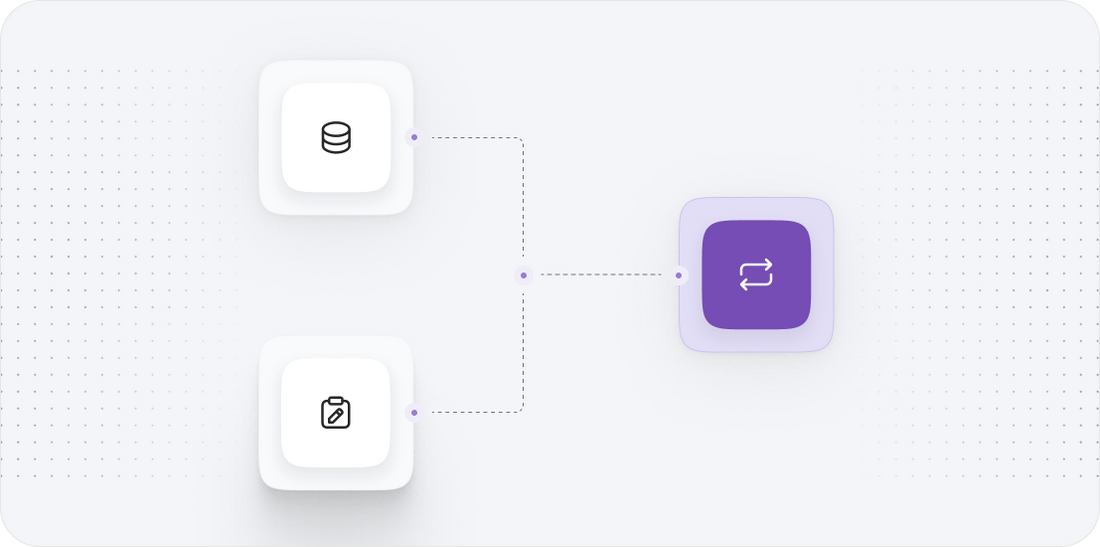
Step 2: Set Up Vue Storefront - Alokai
Setting up Vue Storefront - Alokai involves several critical steps that ensure your frontend is ready to connect with your Magento backend. Follow these detailed instructions:
- Install Required Software: Ensure you have Node.js (version 14 or higher) and Yarn installed on your machine. You can check your installed versions with
node -vandyarn -v. - Clone the Vue Storefront Repository: Use Git to clone the Vue Storefront - Alokai repository by running the following command:
git clone https://github.com/DivanteLtd/vue-storefront.git - Install Dependencies: Navigate to the cloned directory and run
yarn installto install all necessary packages and dependencies. - Configure Environment Variables: Create a
.envfile in the root of your Vue Storefront - Alokai project. Populate this file with your Magento API credentials, includingVSF_MAGENTO_BASE_URL,VSF_MAGENTO_GRAPHQL_URL, and any other required variables. - Run Development Server: Start the development server by executing
yarn dev. This will allow you to view your Vue Storefront - Alokai instance locally and confirm that it is set up correctly.
After completing these setup steps, your Vue Storefront - Alokai environment will be ready for further configuration and integration with your Magento backend.

Step 3: Connect Vue Storefront - Alokai to Magento
Connecting your Vue Storefront - Alokai to your Magento instance is a crucial step that enables your frontend to fetch and display data from your backend. Follow these steps to establish the connection:
- API Configuration: Ensure that your Magento API is accessible. Navigate to System > Extensions > Integrations in your Magento admin panel and create a new integration for Vue Storefront. Make sure to grant all necessary permissions.
- Obtain API Credentials: After creating the integration, note down the generated API keys (Consumer Key, Consumer Secret, Access Token, Access Token Secret). You will use these in your Vue Storefront - Alokai
.envfile. - Update Environment Variables: Open your
.envfile in the Vue Storefront - Alokai project and ensure that the API credentials you obtained from Magento are correctly entered under the relevant variables. - Test the Connection: Once you have configured the API settings, run a test to check if Vue Storefront - Alokai can successfully communicate with Magento. Use tools like Postman to send test requests to the Magento GraphQL endpoint.
Upon successful connection, your Vue Storefront - Alokai will be able to retrieve product and customer data from your Magento instance, completing the integration process.
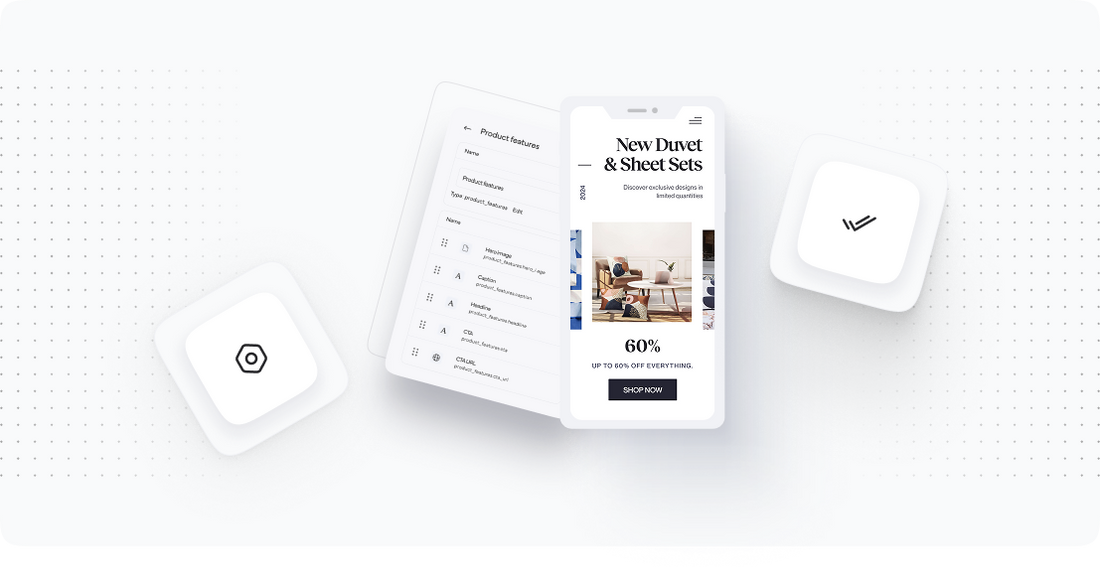
Step 4: Migrate Data from Magento to Vue Storefront - Alokai
Data migration is one of the most critical aspects of transitioning from Magento to Vue Storefront - Alokai. This step will guide you through the data migration process:
- Use Data Migration Tools: Utilize tools such as
Magento 2 Data Migration Toolto facilitate the export of your data. This tool helps to migrate products, categories, customers, and orders. - Export Data: Execute the data migration tool to export your data from Magento. Ensure that you follow the tool's guidelines to create a structured export that can be imported into Vue Storefront - Alokai.
- Convert Data Formats: Depending on your Vue Storefront - Alokai configuration, you might need to convert the exported data into the appropriate format (e.g., JSON). Use scripts or data transformation tools to achieve this.
- Import Data into Vue Storefront - Alokai: Use the Vue Storefront API to import the transformed data. You can do this programmatically by writing scripts that utilize the REST or GraphQL APIs for data insertion.
- Validate Data Integrity: After the import, validate that all data has been correctly migrated. Check for missing products, incorrect pricing, and any anomalies in customer data.
With successful data migration, your Vue Storefront - Alokai will be stocked with the necessary data to operate effectively.
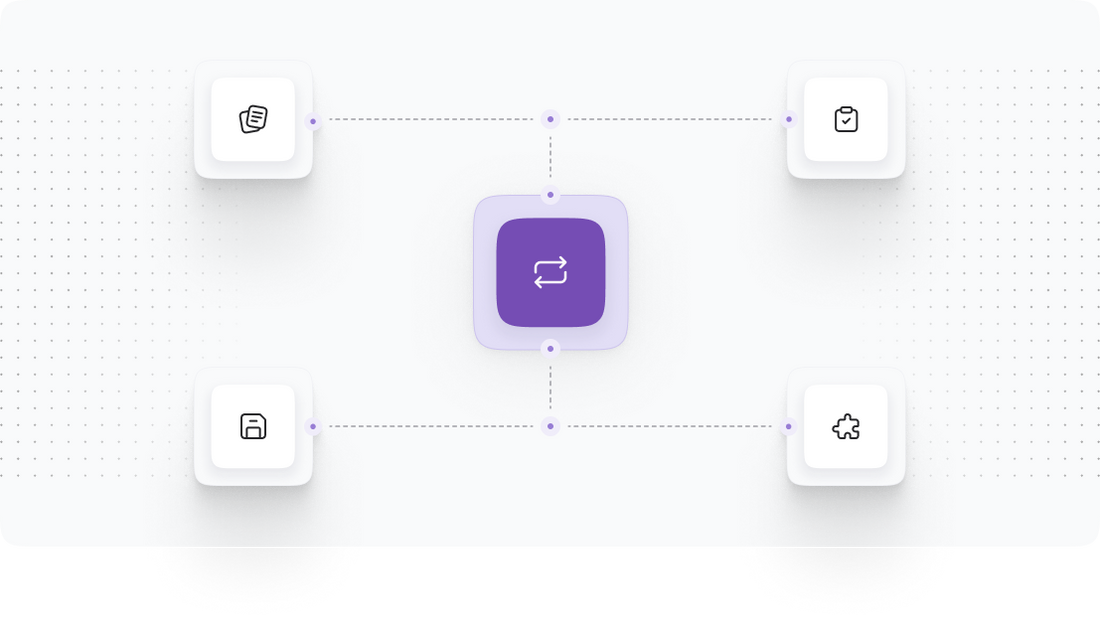
Step 5: Customize Your Vue Storefront - Alokai
Customization is key to ensuring that your Vue Storefront - Alokai reflects your brand and provides an optimal shopping experience. Here’s how to customize your storefront:
- Choose a Theme: Select a pre-built theme from the Vue Storefront marketplace or create a custom theme tailored to your brand's aesthetics. Ensure that the theme is responsive and user-friendly.
- Modify UI Components: Utilize Vue Storefront’s component library to customize the UI elements. You can modify headers, footers, product listings, and more to align with your branding.
- Implement Custom Functionality: If you need specific functionalities (e.g., unique product filters, custom checkout processes), develop these as separate modules or components within your Vue Storefront project.
- SEO Optimization: Optimize your storefront for search engines by implementing best practices such as proper meta tags, structured data, and responsive design. Vue Storefront allows you to customize SEO settings directly in the configuration files.
- Testing Customizations: After implementing your customizations, conduct thorough testing to ensure that all features work as intended. Check for responsiveness across devices and screen sizes.
These customizations will enhance user experience and engagement, making your Vue Storefront - Alokai a unique shopping destination.
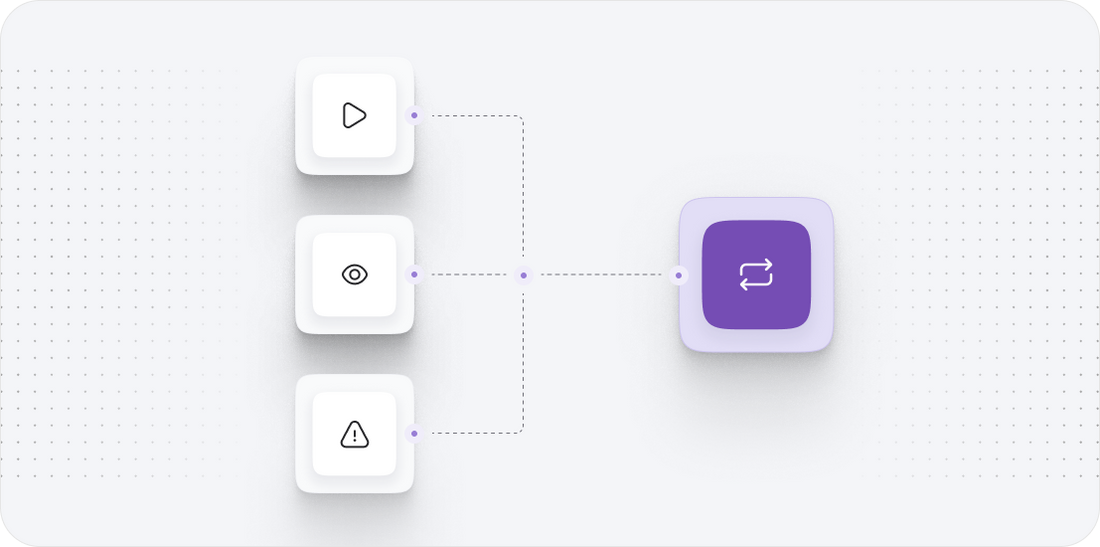
Step 6: Test Your Vue Storefront - Alokai
Testing is a vital step in ensuring that your Vue Storefront - Alokai operates as expected. This phase will help identify potential issues before your storefront goes live:
- Functional Testing: Verify that all functionalities (product search, filtering, checkout, etc.) work correctly. Test each feature thoroughly to ensure it behaves as expected.
- Performance Testing: Assess the performance of your Vue Storefront - Alokai. Use tools like Google PageSpeed Insights or GTmetrix to analyze loading times and overall performance metrics.
- Compatibility Testing: Check how your storefront performs across various browsers and devices. Ensure that the user experience is consistent regardless of the user’s platform.
- Security Testing: Conduct security audits to identify and resolve vulnerabilities. Implement security best practices such as HTTPS, secure API connections, and data encryption.
- User Acceptance Testing (UAT): Involve a group of users to test the storefront in real-world scenarios. Gather feedback and make necessary adjustments based on their experiences.
Thorough testing will ensure that your Vue Storefront - Alokai is ready for launch, providing a smooth and engaging experience for your customers.
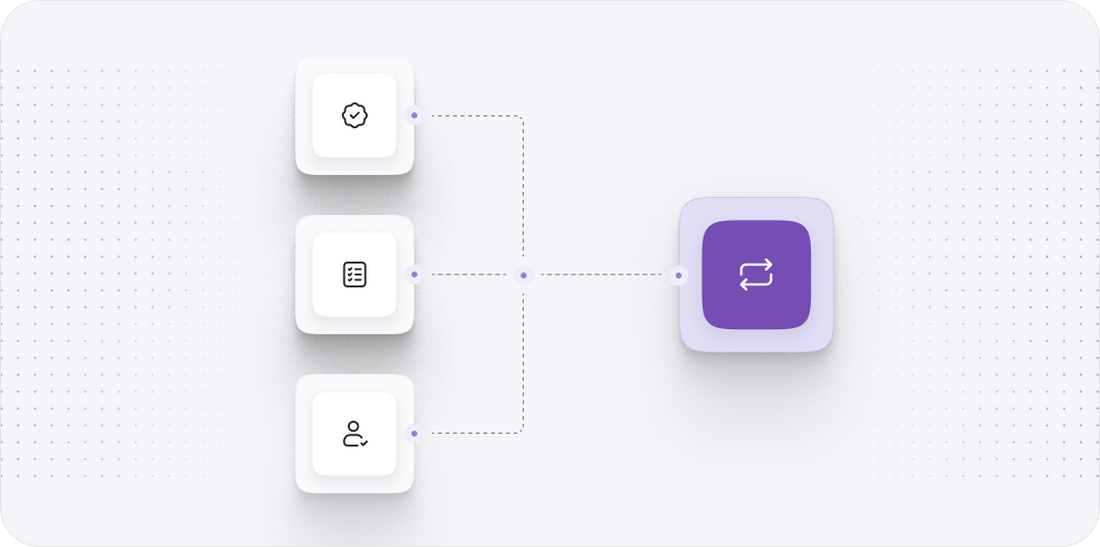
Step 7: Launch Your Vue Storefront - Alokai
Launching your Vue Storefront - Alokai is an exciting milestone that requires careful execution to ensure everything runs smoothly. Follow these steps to launch effectively:
- Finalize Configuration: Double-check all configurations in the
.envfile and ensure that all necessary environment variables are correctly set for production. - Deploy to Production: Deploy your Vue Storefront - Alokai to your chosen hosting environment. If you are using a cloud service, follow their deployment guidelines to ensure a successful launch.
- Monitor Traffic and Performance: Once live, monitor your storefront’s traffic and performance metrics closely. Use analytics tools to track user behavior and identify any issues that may arise.
- Launch Promotions: Consider launching with promotional offers or discounts to attract customers. Announce your launch through email marketing and social media to generate buzz.
- Gather Feedback: After the launch, actively seek feedback from users about their experiences. Use this feedback for continuous improvement and optimization of your store.
With your Vue Storefront - Alokai successfully launched, you can now enjoy the benefits of a modern, headless ecommerce solution that enhances your customers' shopping experiences.

Power Your Step - Get in Touch
Ready to take your ecommerce business to the next level? At PowerCommerce, we specialize in seamless migrations to Vue Storefront - Alokai, ensuring that your transition is smooth and efficient. Our team of experts is here to help you every step of the way.
Contact us today:
- Visit our contact page to fill out our form.
- Call us at 800-099-9090 for immediate assistance.
- Email us at info@powercommerce.com to discuss your migration needs.
Don’t miss out on the opportunity to enhance your online store with the power of Vue Storefront - Alokai. Let’s power your ecommerce journey together!
Stay aligned on what's happening in the commerce world
Trusted by 1000+ innovative companies worldwide
Schedule Your Migration Today
For businesses prioritizing simplicity, scalability, and robust support, Shopify is the clear winner.
Looking to migrate without hassle? Power Commerce can handle the entire process, ensuring smooth data transfer, store setup, and post-launch success.
Marka Marulića 2, Sarajevo, 71000 BiH
00387 60 345 5801
info@powercommerce.com


